The Parque de la Paz is just past the central point between the east and west sides of the greater Tlatelolco-Nonoalco Housing district. A city within the City, Tlatelolco has dozens of parklets, plazas, covered public walkways, and natural areas. And for all of that free and open public space, the parks are actually something of an afterthought
The Parque de la Paz recalls, although today not always directly, the 1967 Treaty of Tlatelolco that made Latin America into a Nuclear-Free part of the world. Of course, history has intervened in Tlatelolco on numerous occasions. Few of the historical calamities for which the neighborhood is so well known have ever been fair to the people of Tlatelolco. That’s why visiting this part of the city is often an eye-opening experience.
Tlatelolco is neither a socialist housing Utopia, nor is it a failed master-builder’s scheme for urban planning. All things told, Tlatelolco has stood up to history and the Parque de la Paz is often testimony to just that fact.
Today’s park is just south of the beloved Teatro María Rojo. The theater often stages performances in the Ágora forum (pictured above). And the park, for all of its performative energy, is a far less formal city park than either the Perla Park, that makes up the geographic center of Tlatelolco, or the fantastic Jardín de Santiago at Tlatelolco’s eastern edge.

0.22 kms.
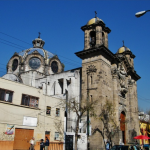
0.43 kms.
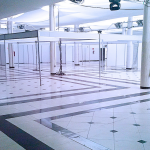
0.46 kms.
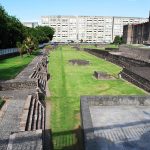
Among the most prolific of digs in Mexico City's central neighborhoods, this one keeps revealing more...

The Plaza de las Tres Culturas is one of the most touching and informative places to stand in the modern city, past, present, and future.
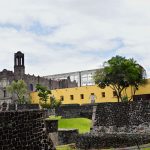
Tlatelolco's original school still teaches a lesson even hundreds of years later.

One of Tlatelolco's oldest continually occupied sites, it's the former seat of the Indigenous Government.
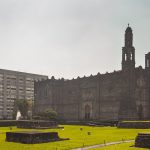
Among the oldest colonial buildings in the city, this one stands out for sheer austerity.